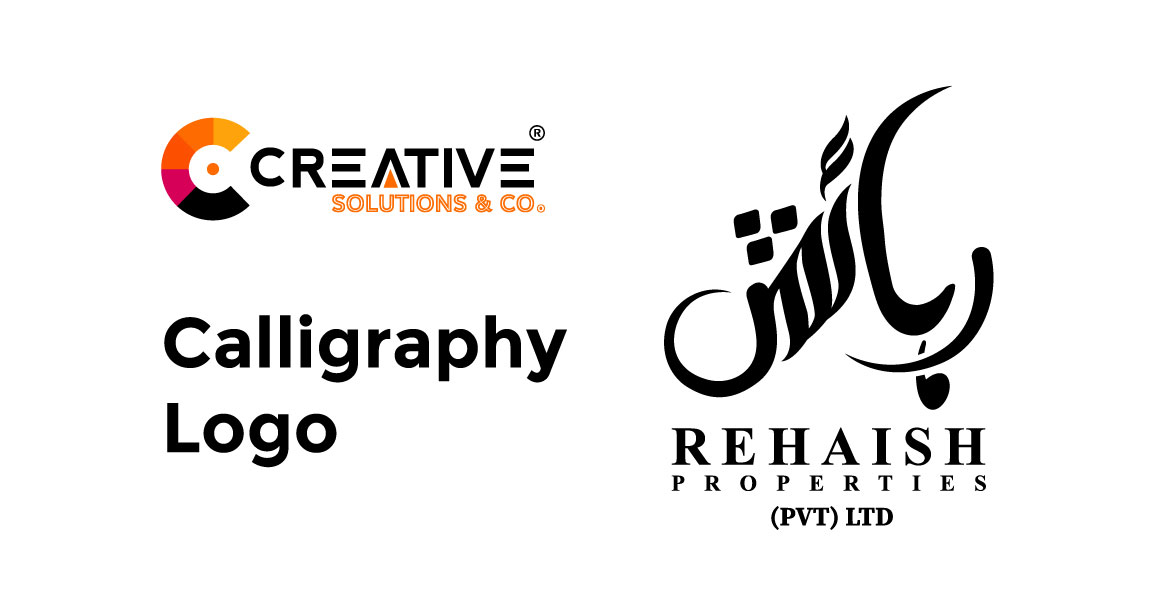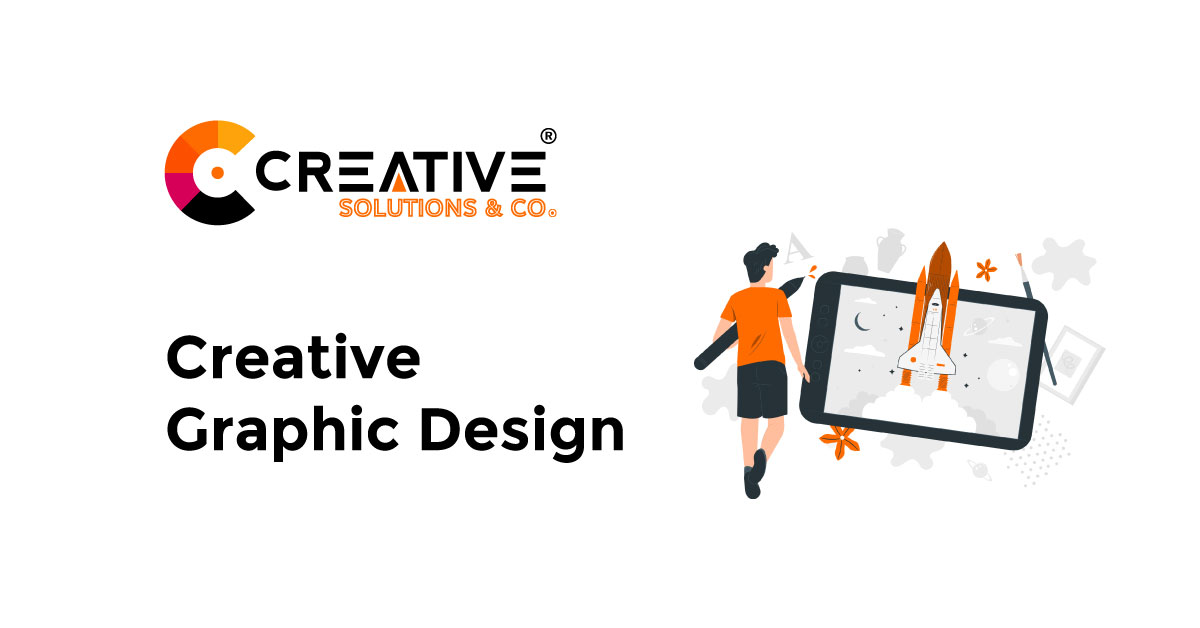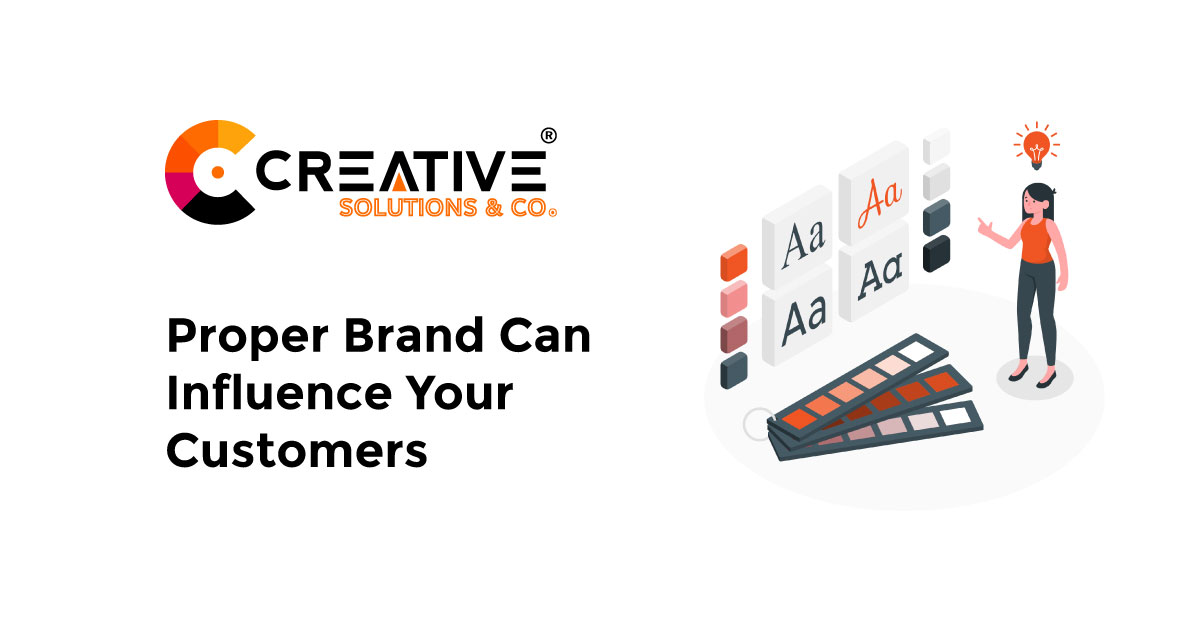
Branding appears to be more popular these days. Brands are identified by their logos. People will begin to trust brands whose logos represent the quality of their products. Your brand’s trust is determined by how you interact with your customers. For a long time, people have only paid attention to brand names and logos. Many artists contribute to the creation of these logos. calligraphy logos is a difficult and conceptual task. Every artist has their own vision for a logo. A logo can quickly capture the attention of viewers while also communicating a company’s core values in an interesting way. The said short attention span, you know, the one that leads customers to judge your company based on its appearance- if you have a solid logo to speak for your company. A logo is a company’s first point of contact with customers. If properly designed, it can pique the public’s interest and invite them to learn more about the company; otherwise, you’ve just alienated a potential customer base and effectively tanked your business. The design of a company’s logo is only one component of its brand; it serves as the foundation for the entire narrative upon which the brand is built. Nevertheless, calligraphy logos is the ultimate technique for creating unique and engaging logo designs. Rather than choosing from a library of pre-existing fonts, which are likely to make your logo look generic, hand lettering is custom-made to represent the value of a business. Fonts are designed to be dynamic and to be purchased and used by a wide range of people for a variety of purposes. That font wasn’t created to be a logo; rather, it was created to support the overall tone of a brand, much like typography does. As such, if you want to produce the absolute best branding for your clients and yourself, calligraphy is the way to go. Many of the most recognizable logos in the world are calligraphy logos. We’ve all been impressed by the craftsmanship seen on the logos of Coca-Cola, Kellogg’s, and Tim Hortons, to name a few. We could go on forever. This writing style is a type of visual art that uses brushstrokes to create artistic lettering. It has a variety of styles and types that appeal to creative minds. This lettering technique is used by brands in a variety of industries, including food, beauty, and fashion, among others, to create a memorable logo. There are two great options that you can choose from. Lettermark logos Wordmark logos Lettermark Logos: Lettermark emblems, also known as monograms or initial logos, are created by overlapping letters or glyphs to create a coherent design. This unique approach to lettering results in a strong design. H&M, a fast-fashion retailer, is an example of a well-established brand with an initial symbol. It is a practical choice for companies with long names. Initials reduce visual clutter and keep the brand mark concise. Wordmark Logos: Wordmarks display your entire company name. Barbie’s script wordmark is still one of the most recognizable today. Nevertheless, this is also an excellent option for small brands and businesses that are just getting started in the industry. Allowing your audience to know your full name may help them identify and remember you.






